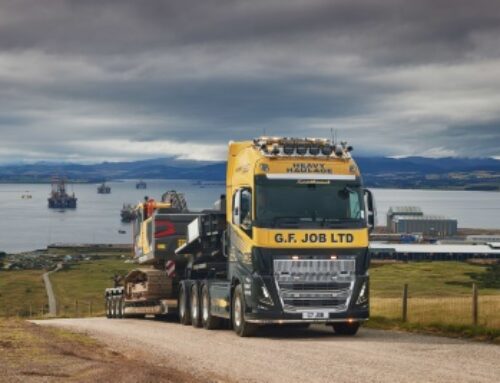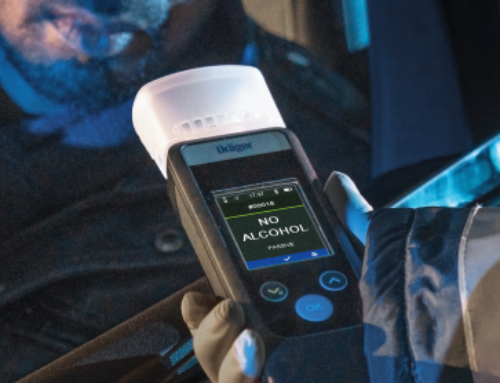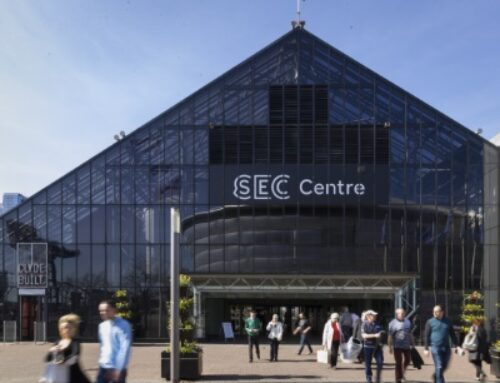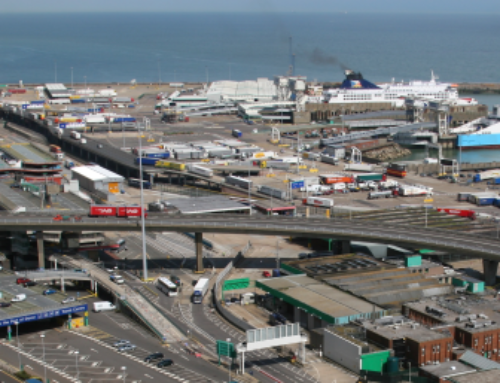MAN upgrades engines and aerodynamics to save fuel
 Traton subsidiary MAN has refreshed its 12.5-litre D26 engine, with outputs raised by 10 bhp across the range, and improved the aerodynamics of its GM and GX cabs.
Traton subsidiary MAN has refreshed its 12.5-litre D26 engine, with outputs raised by 10 bhp across the range, and improved the aerodynamics of its GM and GX cabs.
Together these changes will improve fuel economy by up to four per cent, it claims.
Peak power outputs for the new version of the D26 are now 440, 480 and 520 hp, while the torque ratings also increase to 2,250 Nm, 2,450 Nm and 2,650 Nm respectively.
Key engine dimensions are carried over from the previous version.
MAN has redesigned the cylinder head and pistons of the D26 for more efficient combustion to reduce thermal loads while retaining peak pressures, and installed a new generation of wastegated turbocharger, allowing the deletion of the charge-air throttle valve.
The cooling system has been revised, with a direct-drive waterpump, and serial cooling of the wastegate, and EGR and exhaust throttle valves, and there is a new oil pump and lubricant circuit. Alternator output is up, to 190 amps.
Aerodynamic cab enhancements include flexible extensions to the roof and side spoilers to better manage airflow over the trailer, gap closures on the door extensions, and air-management features added to the A-pillars.
Launching the new designs at the IAA show, MAN pointed to continuous improvements in the fuel performance of its diesel trucks; starting in 2020, when the New Generation of trucks reduced fuel consumption by eight per cent.
In 2021, further savings of three per cent were found with the transition from Euro VI d to Euro VI e, and the most recent changes save a further four per cent.
This latest incarnation of the D26 is probably the last hurrah for the design, as it is understood that future MAN powertrains will be based on the vertically-integrated 12-litre Super engine, gearbox and axle, as used by fellow Traton subsidiaries Scania and Navistar, with unique-to-MAN power outputs and gearbox ratios as Euro VII looms.
The Euro VII standards are due for publication shortly, and will be implemented over at least two years.
In the longer term, major units including chassis and possibly even cab ‘body-in whites’ will be shared as design and engineering resources are increasingly pooled under the Traton banner as the group seeks to maintain progress with its diesel drivelines while also developing battery-electric and hydrogen technology.












